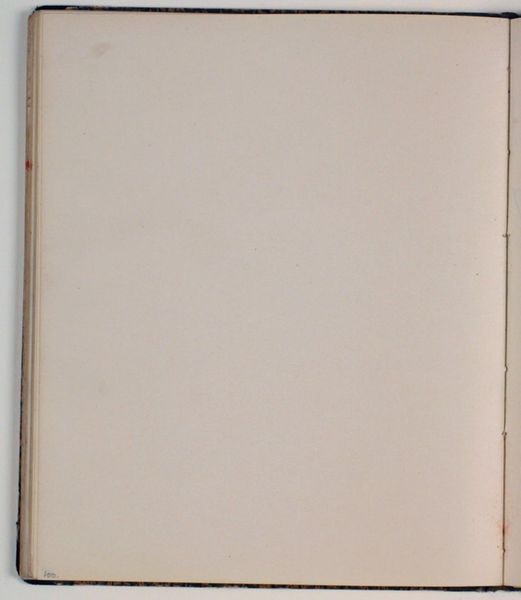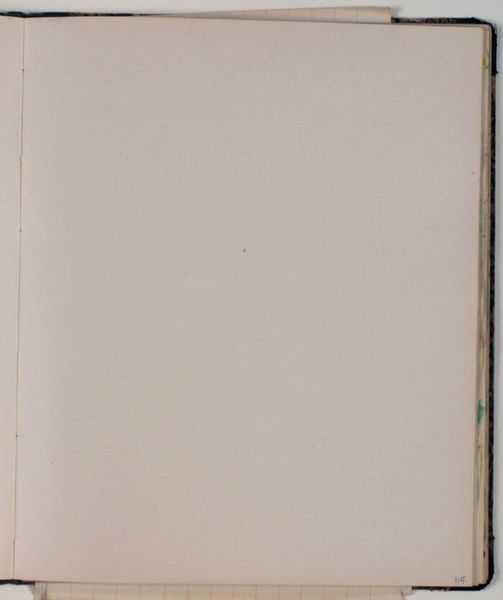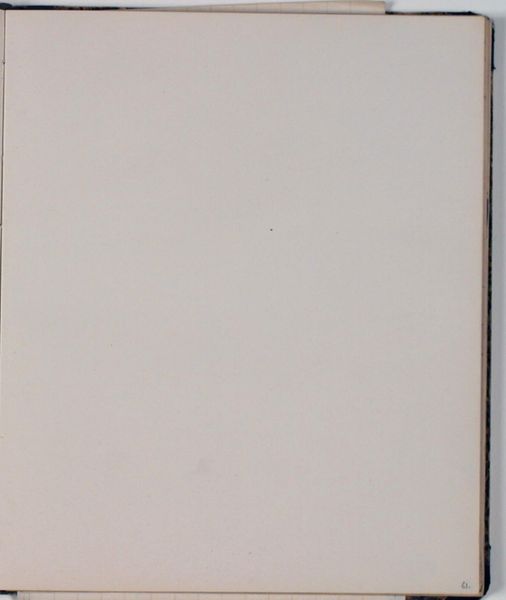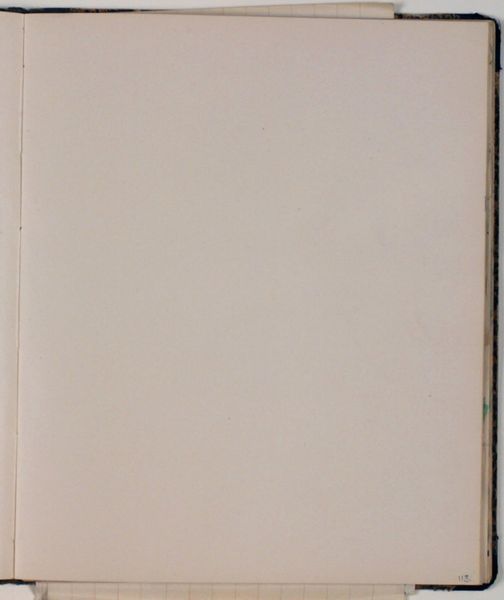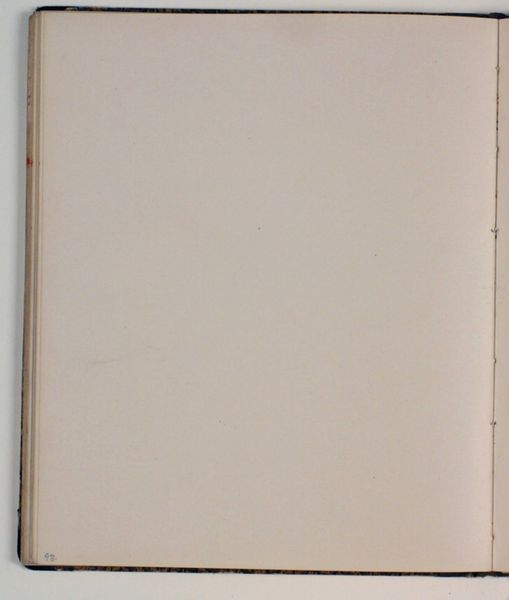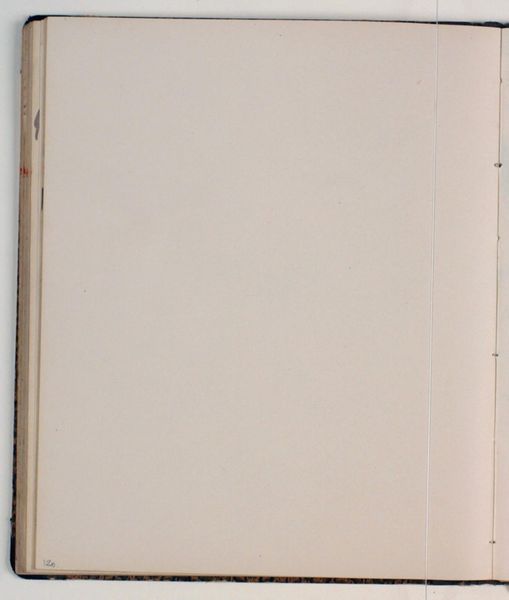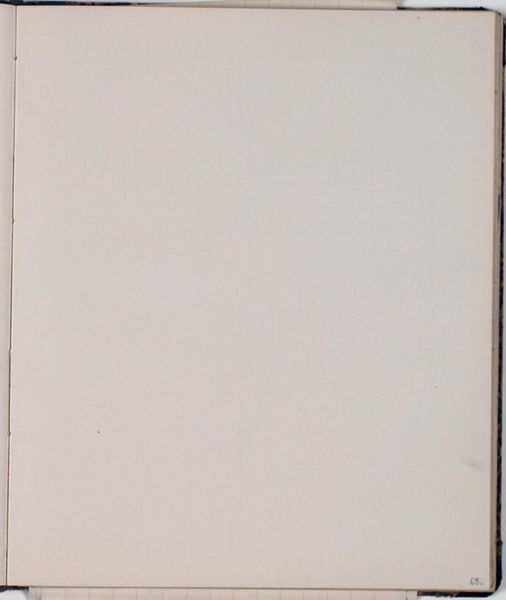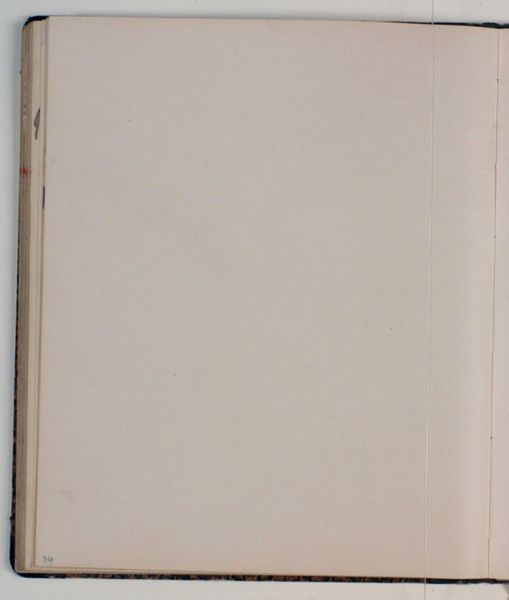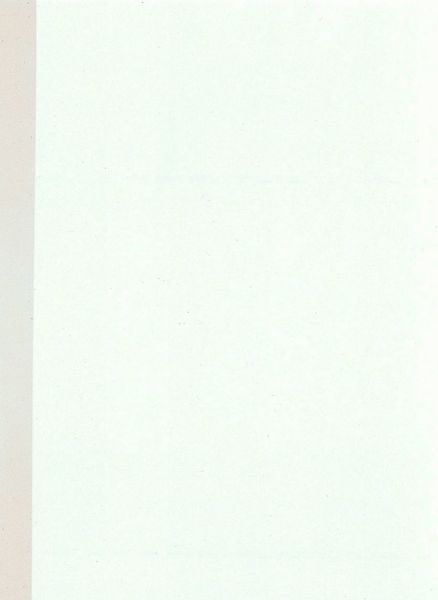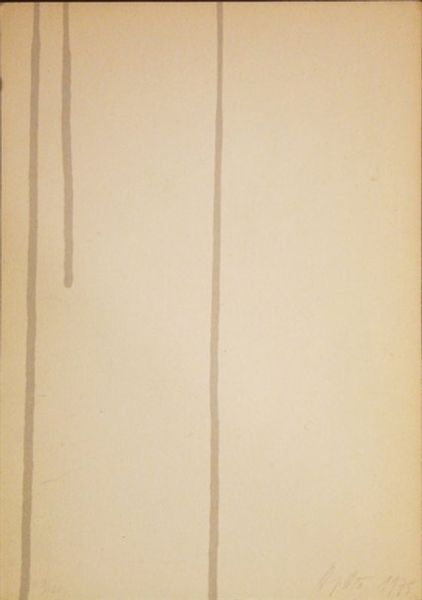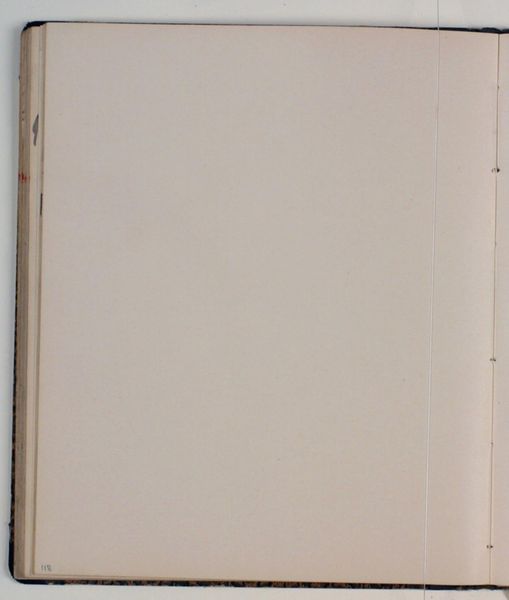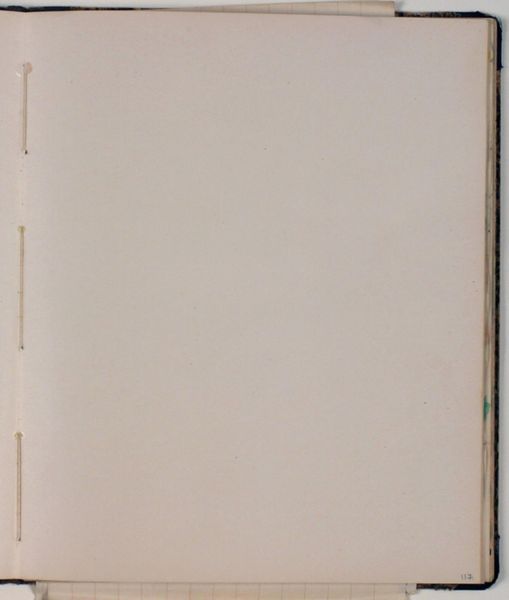
drawing, paper, pencil
#
portrait
#
pencil drawn
#
drawing
#
amateur sketch
#
light pencil work
#
hand drawn type
#
hand lettering
#
paper
#
personal sketchbook
#
fading type
#
pencil
#
sketchbook drawing
#
sketchbook art
#
modernism
#
small lettering
Copyright: Rijks Museum: Open Domain
Curator: So here we have “Annotaties” by Willem Witsen, a pencil drawing on paper likely created between 1920 and 1924. It’s currently held at the Rijksmuseum. Editor: My first thought is of intimacy; this feels like peering into someone's private thoughts, or the start of a journey still in process. I wonder, what power dynamics were at play during this process? Was the subject complicit in it? Curator: Well, based on my understanding, this drawing really represents a turn in art history towards a focus on Modernism and an honest depiction of life as it is. These drawings were typically quick and simple sketches. It's really remarkable Witsen took the time to do this piece. Editor: Interesting perspective, however, I read this through another lens. When assessing its significance we cannot disengage this art piece from sociopolitical themes and their interplay with Modernism and the artist’s personal intent. Why capture this moment at this time? What were some motivations behind such intimate sketches? Curator: That's fair. To consider its place within modernism, perhaps we should focus on the technical aspects. The light pencil work and hand-drawn type contribute to the overall mood, don't you think? Editor: Absolutely, but let's delve deeper. The "small lettering" and "fading type", as the tags say, give the sense of forgotten voices. How might those voices speak to a certain cultural moment of marginalization? How could we amplify them using an intersectional method that involves decolonizing the image's history and promoting inclusiveness? Curator: Well, looking at its home in the Rijksmuseum, one might also think about the politics of display, and what it means to preserve what appear to be casual, personal notations. It prompts reflection about what institutions deem worthy of preservation. Editor: Exactly! We must always interrogate the framework through which any art piece is shown. Context is everything; an archive like this is anything but politically neutral. Curator: It certainly provides a valuable lesson, a fascinating artwork. Editor: I concur. Hopefully, we gave the audience the appropriate critical framework so they too, could reflect on and connect with the artist’s work.
Comments
No comments
Be the first to comment and join the conversation on the ultimate creative platform.
